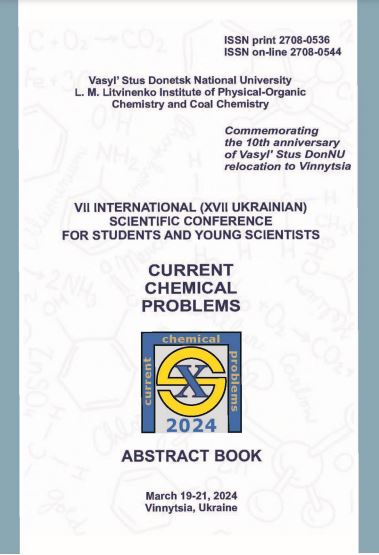Ugi bisamides based on pyrrolyl-β-chlorovinyl aldehyde: synthesis and reactivity
Abstract
The multicomponent Ugi reaction is a powerful tool for creating libraries of organic substances, which may include new biologically active compounds and new components of functional materials [1]. A special role is played by so-called post-Ugi reactions, which allow modification of functional groups and amide bonds in Ugi products [1–3].
References
Erik Van der Eycken Multicomponent Reactions towards Heterocycles: Concepts and Applications / Upendra K. Sharma. – Weinheim.: Wiley-VCH, 2021. – 624 p.
Huang, J. Ugi Reaction Followed by Intramolecular Diels–Alder Reaction and Elimination of HCl: One-Pot Approach to Arene-Fused Isoindolinones. EurJOC. 2017, 30, pp 4379–4388.
Chandgude, A. L. 2-Nitrobenzyl Isocyanide as a Universal Convertible Isocyanide. Asian J. Org. Chem. 2017, 6 (7), pp 798–801.

